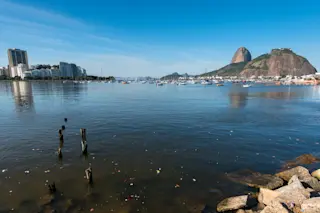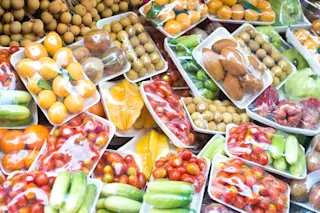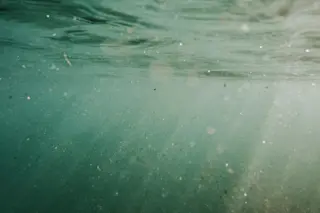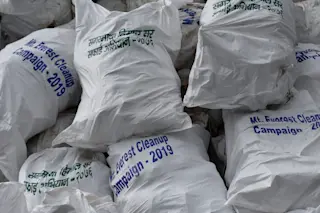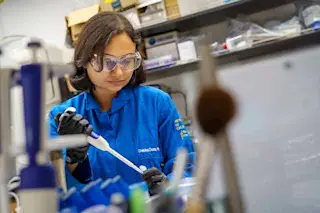Trash in the waters of Guanabara Bay in Rio de Janeiro, Brazil. (Credit: Donatas Dabravolskas/Shutterstock) A single gulp of ocean water, or roughly three teaspoons, is all it will take for athletes and tourists to contract potentially deadly diseases at the 2016 Rio Olympics. That's the consensus of a recent study commissioned by the Associated Press looking at levels of viruses, bacteria and other microbes in the water of Rio de Janeiro's Guanabara Bay — home of historic Copacabana and Ipanema beaches. The study, carried out by an unnamed researcher at Brazil's Feevale University, reported initial results last year, and found viral loads up to 1.7 million times higher than what are considered safe concentrations in most countries. An AP article published this week reiterates those findings, and a biology professor at the University of South Florida offered some free advice: "Don't put your head under the water." But what, ...
Here's What You'll Find in 3 Teaspoons of Rio's Water
Guanabara Bay water pollution poses serious health risks with high levels of harmful bacteria threatening athletes and locals alike.
More on Discover
Stay Curious
SubscribeTo The Magazine
Save up to 40% off the cover price when you subscribe to Discover magazine.
Subscribe

